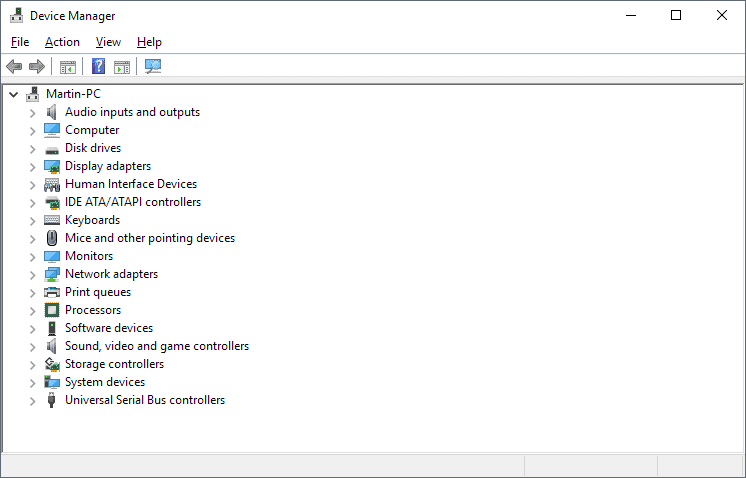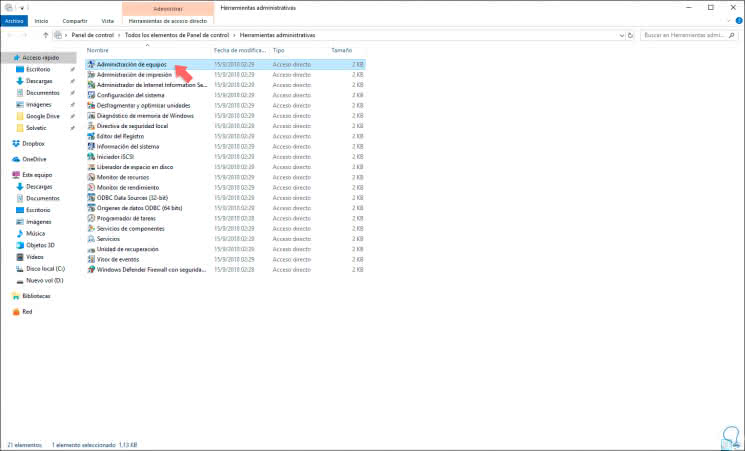

The Get-LocalGroup cmdlet gets the local security groups. The Get-LocalUser cmdlet gets the local user accounts or retrieves specific user details by the user’s name. Here we have listed some of the commands.įor more details, you can see this page: How to Manage Local Users and Groups using PowerShell. Microsoft supports the different PowerShell cmdlets to manage local accounts. Manage Local Users and Groups using PowerShell

The tool provides the following screen which is similar to the built-in “lusrmgr.msc” tool.Run the downloaded file on your Windows 11/10 Home PC.Download the lusrmgr.exe file from this Github page.Use a third-party alternative tool (lusrmgr.exe)įollow the below steps to manage local users and groups using the free tool ( lusrmgr.exe). Use a third-party alternative tool ( lusrmgr.exe).You can use the following workarounds in Windows Home edition to manage users and groups. To manage user accounts for this computer, use the User Accounts tool in the Control Panel. This snapin may not be used with this edition of Windows 10/11. When you run the command “lusrmgr.msc” on Windows Home Edition, you will get the following message. When you open the Computer Management console, you will see the Local Users and Groups item is missing. Windows consider this tool as a pro feature, so it will not be available in Windows Home edition and available only for Windows 11/10 Pro, Education, and Enterprise edition of the OS. Local User and Group Management ( lusrmgr.msc) console is a built-in tool to manage local users and groups.


 0 kommentar(er)
0 kommentar(er)
